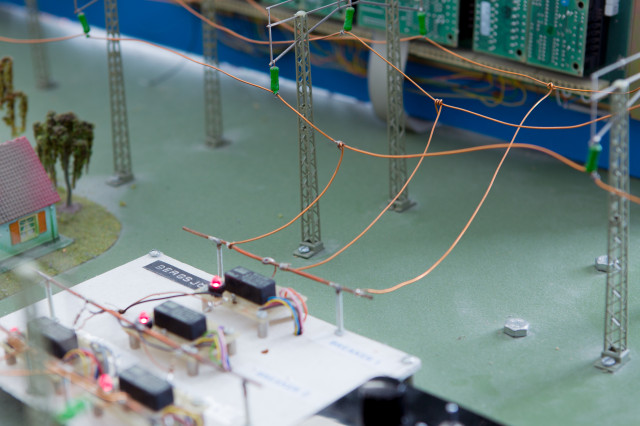The course refers to material analysis methods, with an emphasis on applications in the nano and semiconductor technology, and includes theory and labs (the later marked with *) for the following methods:
- X-ray diffraction (XRD)*
- Sweep tube microscopy (AFM)*
- Ion beam based methods (SIMS, RBS*)
- Electron microscopy (TEM, SEM*)
- Photo-electron spectroscopy (XPS, UPS, Auger, etc.)
- Electric characterisation methods (I/V, C/V, etc.)
- Optical methods (fotoluminescence, Raman, FTIR, etc.)
